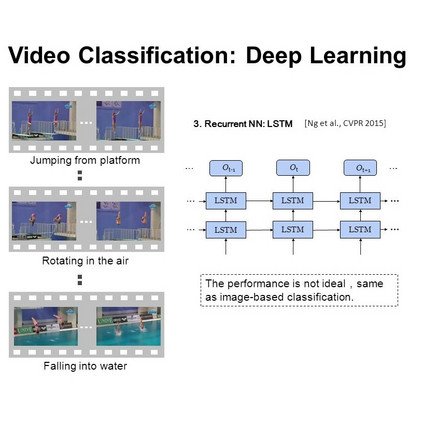Adversarial training (AT) is a simple yet effective defense against adversarial attacks to image classification systems, which is based on augmenting the training set with attacks that maximize the loss. However, the effectiveness of AT as a defense for video classification has not been thoroughly studied. Our first contribution is to show that generating optimal attacks for video requires carefully tuning the attack parameters, especially the step size. Notably, we show that the optimal step size varies linearly with the attack budget. Our second contribution is to show that using a smaller (sub-optimal) attack budget at training time leads to a more robust performance at test time. Based on these findings, we propose three defenses against attacks with variable attack budgets. The first one, Adaptive AT, is a technique where the attack budget is drawn from a distribution that is adapted as training iterations proceed. The second, Curriculum AT, is a technique where the attack budget is increased as training iterations proceed. The third, Generative AT, further couples AT with a denoising generative adversarial network to boost robust performance. Experiments on the UCF101 dataset demonstrate that the proposed methods improve adversarial robustness against multiple attack types.
翻译:Aversarial 培训(AT)是针对图像分类系统的对抗性攻击的简单而有效的防御,其基础是增加以攻击为目的的训练,使损失达到最大化。然而,AT作为录像分类的防御手段的有效性还没有得到彻底的研究。我们的第一个贡献是表明,产生最佳攻击视频需要仔细调整攻击参数,特别是步骤大小。值得注意的是,我们表明,攻击预算的最佳步骤大小与攻击预算的线性不同。我们的第二个贡献是表明,在训练时使用较小(次最佳)攻击预算导致试验时更强的性能。根据这些发现,我们建议用变异攻击预算来三种防御攻击。第一个是适应性AT,这是攻击预算从培训迭代进行过程中经过调整的分布中提取出来的一种技术。第二个是,教育AT,这是攻击预算随着训练循环的进行而增加的一种技术。第三,Genementarized AT,是具有分解基因对抗性对抗性网络的进一步夫妇,以提升稳健的性性性能。在UCFD101 101数据设置上进行实验,表明拟议的方法改进了对抗性攻击多类攻击类型的对抗性。
相关内容
- Today (iOS and OS X): widgets for the Today view of Notification Center
- Share (iOS and OS X): post content to web services or share content with others
- Actions (iOS and OS X): app extensions to view or manipulate inside another app
- Photo Editing (iOS): edit a photo or video in Apple's Photos app with extensions from a third-party apps
- Finder Sync (OS X): remote file storage in the Finder with support for Finder content annotation
- Storage Provider (iOS): an interface between files inside an app and other apps on a user's device
- Custom Keyboard (iOS): system-wide alternative keyboards
Source: iOS 8 Extensions: Apple’s Plan for a Powerful App Ecosystem



